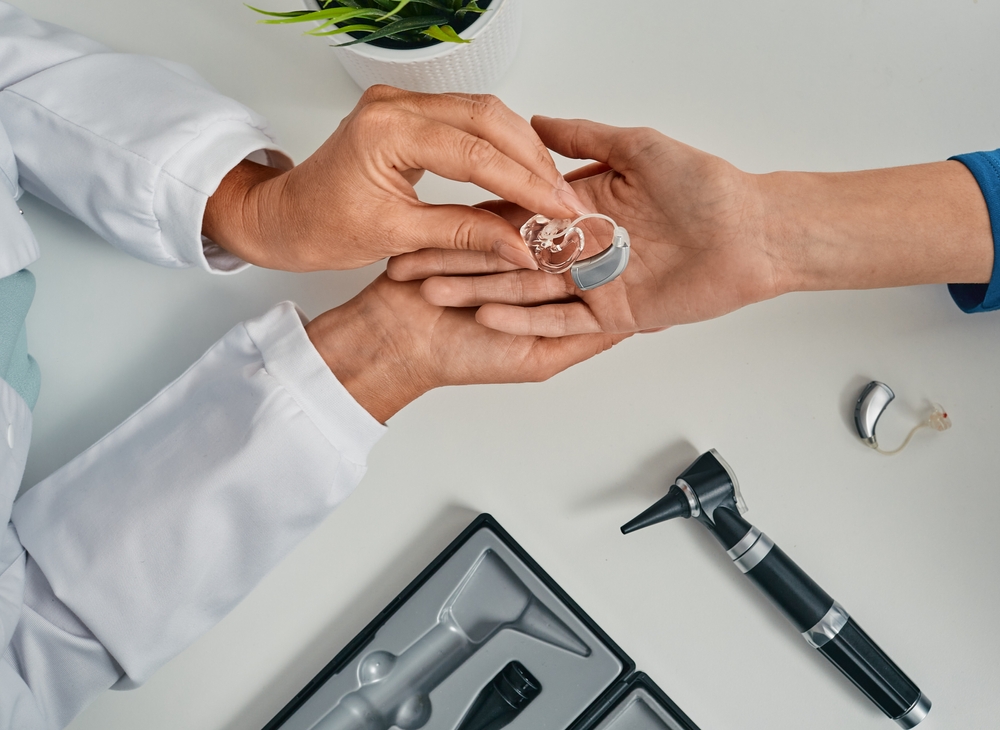
Hearing aids play a vital role in improving sound clarity and enhancing daily communication. To keep them performing at their best, routine maintenance and professional cleanings are crucial. Over time, earwax, moisture, and debris can build up, resulting in decreased functionality. Recognizing when to find professional cleaning can help prolong the lifespan of your hearing aids and maintain optimum performance.
The importance of professional hearing aid cleaning
In spite of routine maintenance at home, hearing aids can gradually accumulate debris that might affect how well they work and the quality of sound they produce. Professional maintenance offers numerous major benefits:
- Thorough Sanitizing– Effectively eradicates obstinate earwax, dust, and moisture that regular cleaning techniques frequently miss.
- Enhanced Performance– Removes blockages that can cause muffled sound or distortion.
- Extended Lifespan– Prevents early wear and tear, reducing the need for repair work or replacements.
Regular professional cleanings keep your hearing aids working effectively, minimizing the chance of unexpected malfunctions.
Indications that your hearing aids need professional maintenance
If you’re unsure whether it’s time for an expert cleaning, look for these common warning signs:
- Unclear or Jumbled Audio: If voices and background noises appear feeble, muffled, or altered, the problem might be caused by blockages, such as earwax or debris, obstructing the device’s microphone or speaker.
- Persistent Shrieking or Feedback: A high-pitched screeching sound (feedback) can indicate wax buildup or a poor fit. Professional cleaning can help in clearing obstructions and fine-tuning the fit accurately.
- Issues with Volume Control: If adjusting the volume doesn’t seem to have the intended effect, internal components might need repair or software recalibration.
- High humidity can affect the device’s internal components, causing sporadic audio disruptions or faulty button control. A professional technician can evaluate and address any moisture-related issues.
- If you observe a noticeable increase of earwax or dirt on your hearing aids, it is encouraged to get them professionally cleaned for a more extensive removal compared to cleaning them at home.
- Employ specialized tools to meticulously remove wax, debris, and moisture from sensitive elements without causing harm.
- Verify the proper functioning by inspecting and repairing any broken components.
- Check software and hardware for any performance problems affecting sound quality.
- Swap out any tubing or filters that may be affecting the performance of the device.
- General maintenance should be carried out every 3 to 6 months.
- More frequent cleanings are advised for individuals predisposed to excessive earwax buildup or those living in humid settings.
- As soon as issues arise, addressing modest problems early can avoid costly repairs.
What does a professional hearing aid cleaning look like?
A thorough cleaning service not only keeps your devices in good working order but also guarantees peak performance and effectiveness. During the appointment, specialists will:
What is the recommended time frame for scheduling professional maintenance?
The need for professional cleanings varies depending on factors such as how much earwax is generated, the levels of humidity, and how the device is generally used. Commonly suggested best practices are:
Keep your hearing aids in great condition
Routine professional maintenance is essential for maintaining your hearing aids and ensuring clear, high-quality sound.
If distorted sound, echoing, or technical issues are disrupting your experience, it’s likely that a thorough, expert cleaning is in order.
Book an appointment for your hearing aid cleaning and maintenance now.